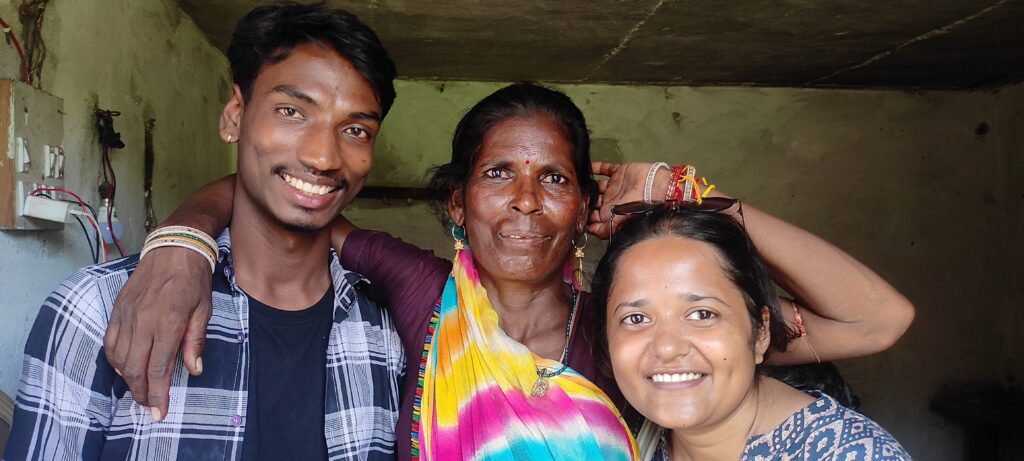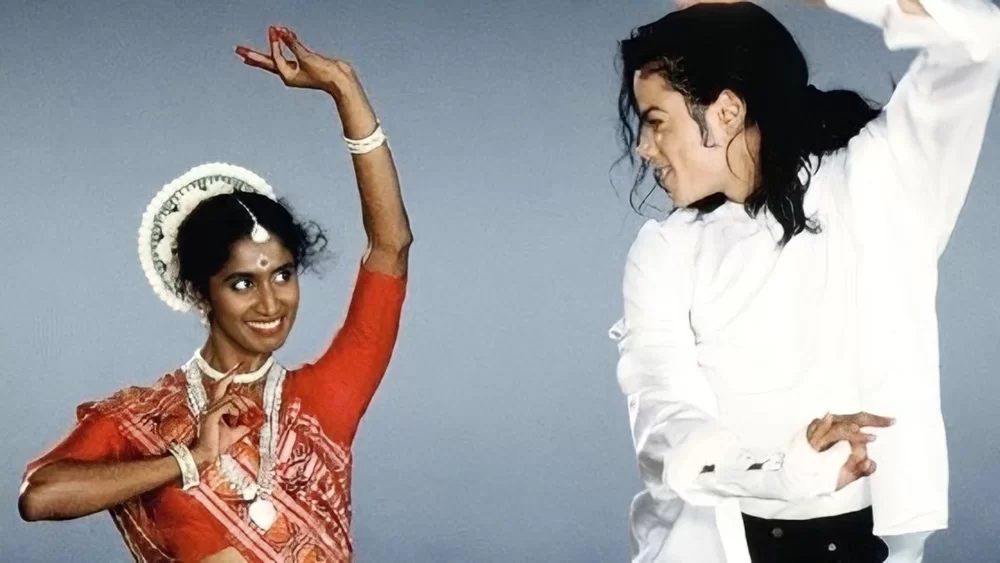“No one is born hating another person because of the color of his skin, or his background, or his religion. People must learn to hate, and if they can learn to hate, they can be taught to love, for love comes more naturally to the human heart than its opposite” – Nelson Mandela
During our India Fellow induction training, we had the opportunity to visit a cowshed (tabela) at Krishi Vigyan Kendra, Udaipur, where we met a lady who was working as a farmer and also took care of the cows there. Her name is Shubhna. She welcomed us warmly. The conversation initiated with her sharing about her life and her farming practices. I was accompanied by two other fellows Tanvi and Deepanshu, and while we were conversing with her, I noticed something unusual—she only looked at me while talking, even though all three of us were engaging with her.
Why Was Shubhna Focussed On Me?
At first, I thought it was because I was asking more questions than the other two, which might have made her feel more comfortable addressing me. However, even when one of my fellow companions spoke directly to her, she would still look at me while responding. After some time, as we wandered around the farm, Shubhna invited us to her home which was just 100m away from the farm. There, too, she continued to speak directly to me, despite my companions’ attempts to engage her in a conversation.
It eventually dawned on me and my companions why this was happening. My darker skin tone and clear rural background which reflects in my demeanour (a more rustic appearance i would like to say) made her feel that I was more like her, someone who could relate to her life and struggles. My fellow companions, on the other hand, appeared more urban, with a different style of dressing, which made her feel that they wouldn’t understand her life, as deeply.
Recognising this, my companions made an effort to make her feel more comfortable. One of them (Tanvi) managed to connect with her eventually, maybe because she was also a woman but the other person, a man, still couldn’t overcome the barrier. The woman didn’t engage much with him. To the point that she did not feel comfortable enough to take a photo with him.

It’s Black Vs White, Not Black And White
She didn’t explicitly say she had been oppressed by fair-skinned people, but her preference for people who looked and spoke like her felt telling. I began to think that perhaps her views were shaped by years of feeling inferior to those who were fairer and more privileged. This was my assumption, though, not something she directly expressed. This wasn’t the first time I’d felt like this.
As a dark-skinned person, I have often felt judged by people who are fairer and more articulate than me. When they speak fluently, it’s as if their confidence and appearance give them an edge that I will never have. I carry a double burden. My dark skin and my limited language skills make me feel inferior, and when I encounter bias, there’s no comfort in thinking I’m better in any way. It’s a relentless reminder of where I stand in society. Even when fair-skinned people face racism, there’s still a sense of superiority they can hold onto—whether it’s their appearance or their command of language.
This experience highlights a much larger issue that exists not only in rural communities but also in urban settings—the invisible lines drawn based on appearance, background, and perceived social standing. The woman’s initial reluctance to engage with my fellow companions was not just about language or familiarity; it was about trust, connection, and a fear of being misunderstood.
This incident taught me a critical lesson about the subtle ways in which prejudice and preconceptions manifest. Even with the best intentions, people often find themselves divided by these invisible barriers. Shubhna’s behaviour was a reflection of her life experiences; she was more comfortable with someone who seemed familiar, someone who she felt shared her struggles.
Stepping Out
To put this in some perspective, when we came back to the class and were discussing this with the others, the fellowship team member Anupama asked us something. “So suppose there is a theft in this campus tomorrow and it came to it that one of the fellows has done it. Who do you think all will naturally (even if subconsciously) doubt, first Rahul? That is how evil this bias is. Fortunately, today you were on the better side of the bias.”
At one point, Shubhna mentioned that she felt closer to me because I resembled “her own kind.” I wish I could tell her this. “Yes, I understand how challenging it is for people like us to survive in this mean world.” While the Sahebs (Britishers) might have left and India may be on the path of becoming the world’s third-largest economy, the colonial mindset persists. Some may disagree, but that is my truth, which resonates with Shubhna’s as well. For nearly fifty years, she has struggled to believe in her own beauty. She never encountered a fair-skinned person who could affirm that her opinion truly matters. And they will be as valuable, even if she is dark skinned.





0 Comments